

Organic Potting Mix 5KG
-
Rs418.95
-
Rs313.95
-
Rs313.95
-
Rs313.95
-
Rs313.95
Reviews & Ratings
Organic Potting Mix for All Crops
In the realm of modern agriculture, the choice of potting mix plays a pivotal role in nurturing healthy, vibrant crops. Organic potting mix, formulated with natural ingredients and free from synthetic chemicals, stands as a cornerstone of sustainable cultivation practices. This document delves into the myriad benefits, composition, preparation, and suitability of organic potting mix for a wide range of crops, underscoring its role in fostering robust growth and bountiful harvests.
1. Understanding Organic Potting Mix:
Organic potting mix, also known as soilless mix or growing medium, is a blend of organic materials designed to provide plants with essential nutrients, moisture, aeration, and support for root development. Unlike traditional soil-based mixes, organic potting mix is lightweight, well-draining, and tailored to the specific needs of different plant species.
2. Benefits of Organic Potting Mix:
The utilization of organic potting mix offers several key benefits to plants, growers, and the environment:
- Nutrient-Rich Composition: Organic potting mix contains a balanced blend of organic materials such as compost, peat moss, coconut coir, perlite, and vermiculite, providing plants with essential nutrients for healthy growth.
- Improved Drainage and Aeration: The lightweight and porous nature of organic potting mix ensures proper drainage, aeration, and oxygenation of roots, reducing the risk of waterlogging and root rot.
- Enhanced Root Development: Organic potting mix promotes strong and vigorous root growth by providing a loose, friable growing medium that allows roots to penetrate and explore the soil freely.
- Reduced Disease Risk: The use of sterile, disease-free organic materials in potting mix minimizes the risk of soil-borne pathogens, pests, and weed seeds, creating a clean and healthy environment for plant growth.
- Environmental Sustainability: Organic potting mix supports sustainable agriculture practices by reducing reliance on synthetic fertilizers, pesticides, and peat extraction, thus minimizing environmental impact and promoting ecosystem health.
3. Composition of Organic Potting Mix:
The composition of organic potting mix varies depending on the specific requirements of different plant species, but commonly includes the following components:
- Compost: Provides organic matter, nutrients, and beneficial microorganisms to the growing medium, enhancing soil fertility and plant health.
- Peat Moss or Coconut Coir: Acts as a moisture-retentive substrate, improving water retention and preventing soil compaction.
- Perlite and Vermiculite: Enhance drainage, aeration, and soil structure by creating air pockets and improving soil porosity.
- Organic Fertilizers: Supplement the growing medium with slow-release nutrients to support plant growth and development.
- Mineral Additives: Incorporate minerals such as limestone or gypsum to adjust pH levels and improve soil structure.
4. Preparation of Organic Potting Mix:
The preparation of organic potting mix involves the following steps to ensure a balanced and homogeneous blend:
- Selection of Ingredients: Choose high-quality organic materials free from contaminants, pesticides, and synthetic additives.
- Mixing Ratios: Determine the appropriate proportions of each component based on the specific needs of the plants being grown, considering factors such as moisture requirements, nutrient levels, and drainage capacity.
- Thorough Mixing: Blend the organic materials together thoroughly using a shovel, rake, or mechanical mixer to achieve a uniform consistency and distribution of nutrients.
- Moisture Adjustment: Adjust the moisture content of the potting mix as needed by adding water gradually and mixing thoroughly until the desired level of moisture is reached.
- Sterilization (Optional): Optionally, sterilize the potting mix by heating it in an oven or pasteurizing it using steam to eliminate pathogens, weed seeds, and pests.
5. Suitability of Organic Potting Mix for All Crops:
Organic potting mix is suitable for a wide range of crops, including vegetables, herbs, fruits, ornamentals, and indoor plants, offering versatility and adaptability to diverse growing conditions:
- Vegetables: Organic potting mix provides an ideal growing medium for vegetables such as tomatoes, peppers, lettuce, and cucumbers, supporting healthy root development and vigorous growth.
- Herbs: Herbs like basil, parsley, rosemary, and mint thrive in organic potting mix, which offers optimal moisture retention and nutrient availability for robust flavor and aroma.
- Fruits: Fruit-bearing plants such as strawberries, blueberries, citrus trees, and figs benefit from the nutrient-rich and well-draining properties of organic potting mix, promoting prolific flowering and fruit production.
- Ornamentals: Flowering plants, shrubs, and ornamental trees grown in organic potting mix exhibit lush foliage, vibrant blooms, and improved pest resistance, enhancing aesthetic appeal and garden beauty.
- Indoor Plants: Houseplants and indoor foliage plants flourish in organic potting mix, which provides a stable and nourishing environment for root health and indoor air quality improvement.
Organic potting mix emerges as a cornerstone of successful cultivation practices, offering a natural, nutrient-rich solution for all crops. By harnessing the benefits of organic materials and sustainable production methods, growers can cultivate healthier plants, improve soil fertility, and promote environmental stewardship in agriculture. Through responsible sourcing, composition, and application practices, organic potting mix exemplifies the principles of sustainable agriculture, fostering a greener, more resilient future for growers and plants alike.
Related products
Organic Manure 5KG
PROM 5KG
Organic Soil Conditioner 5KG
Organic Vermicompost 5KG
Cow Dung Manure 5KG
Natural Bone Meal 5KG
Goat and Sheep Manure 5KG
Buffered Coir Pith
-
Rs418.95
-
Rs313.95
-
Rs313.95
-
Rs313.95
-
Rs313.95
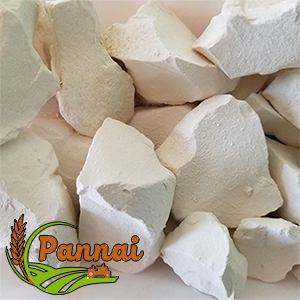
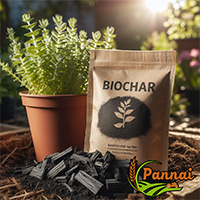
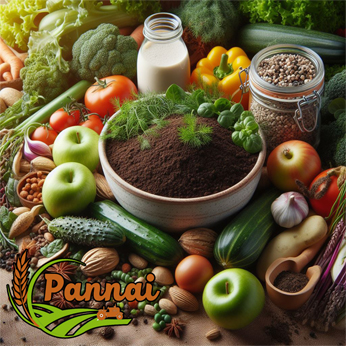
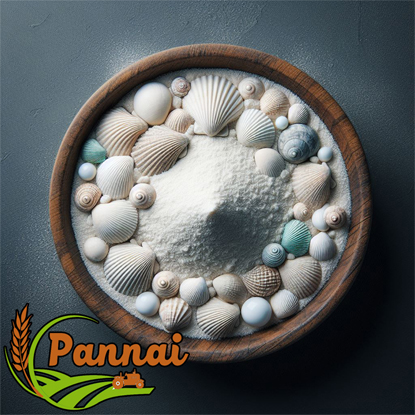
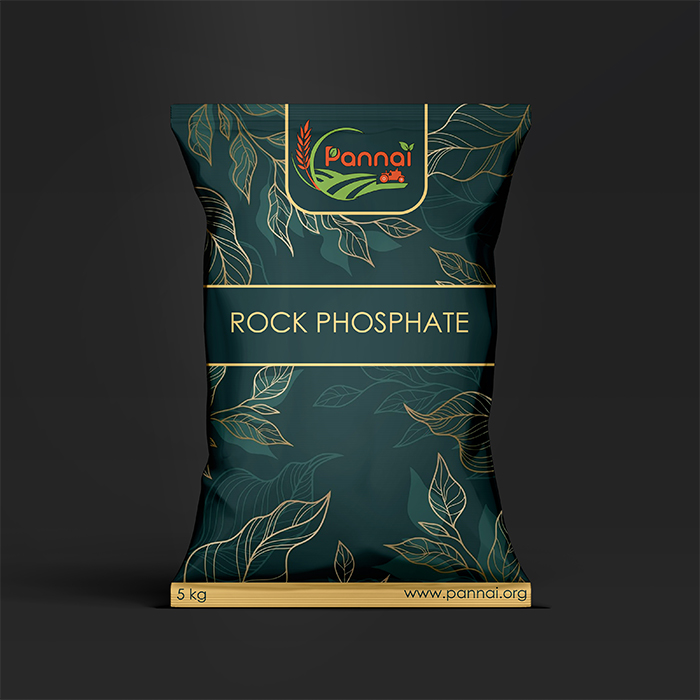
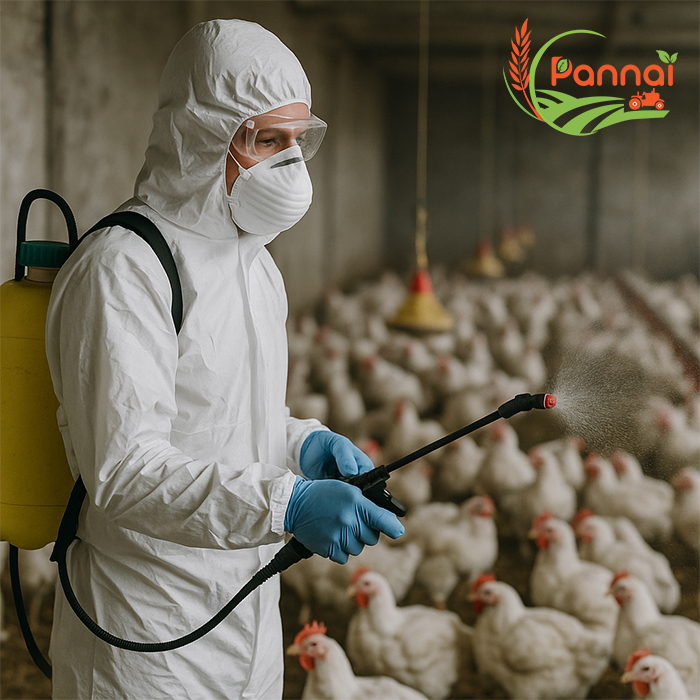
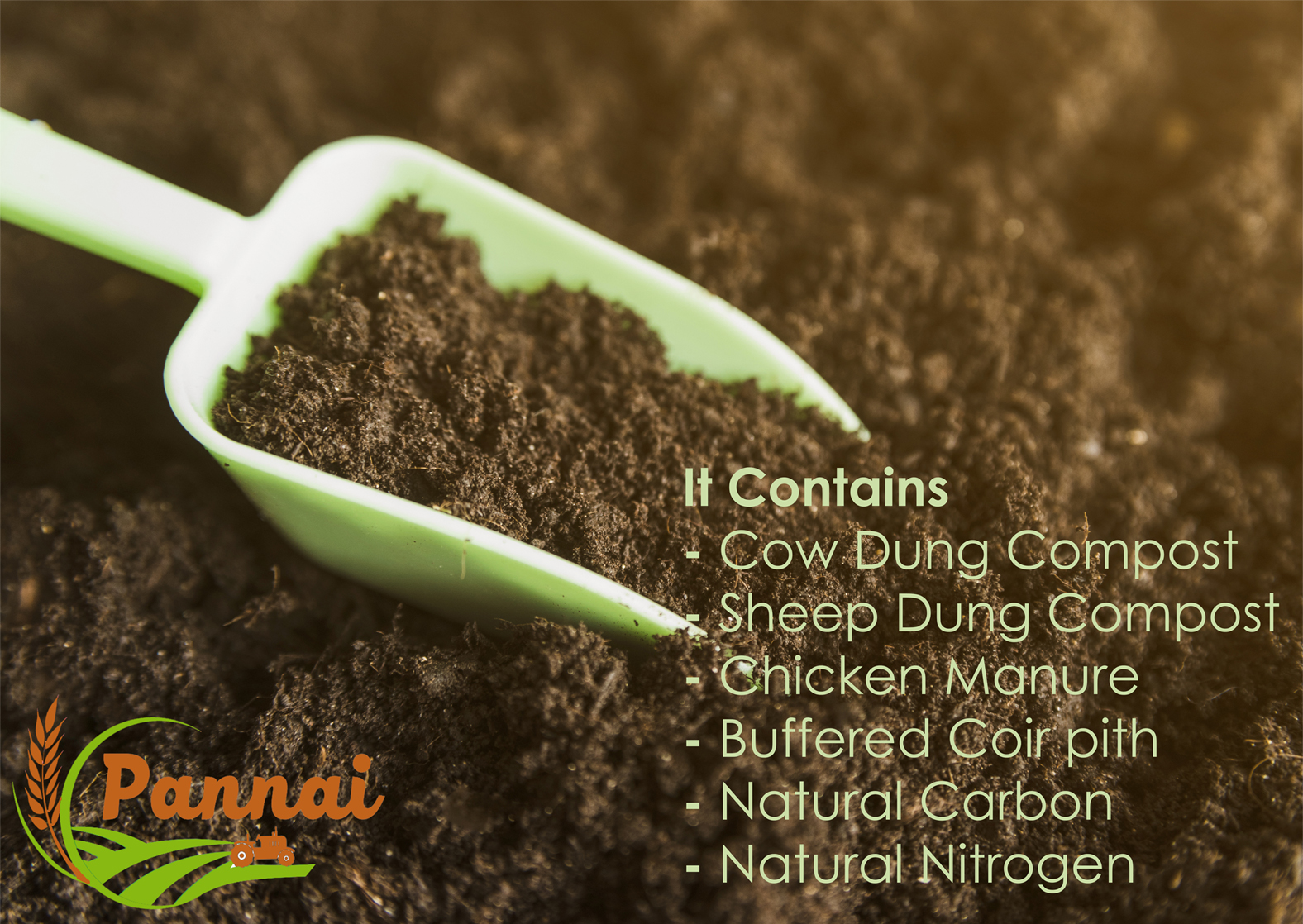
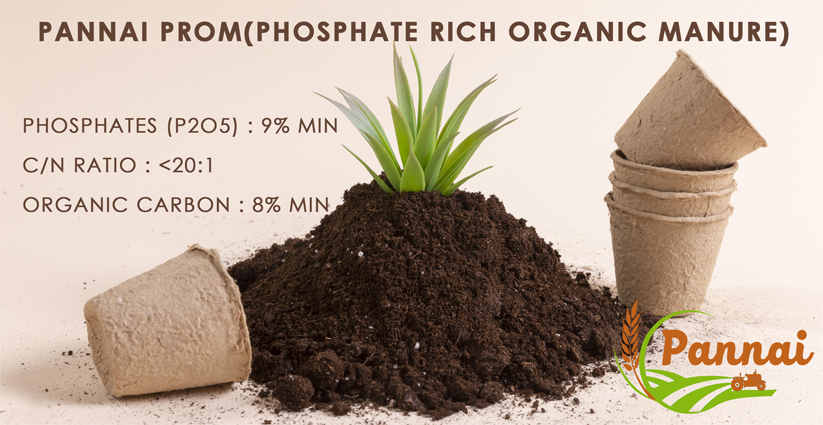
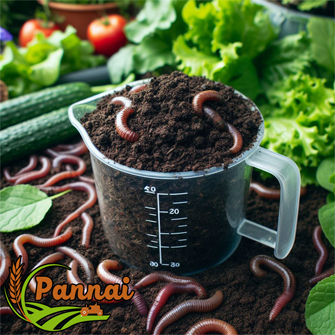
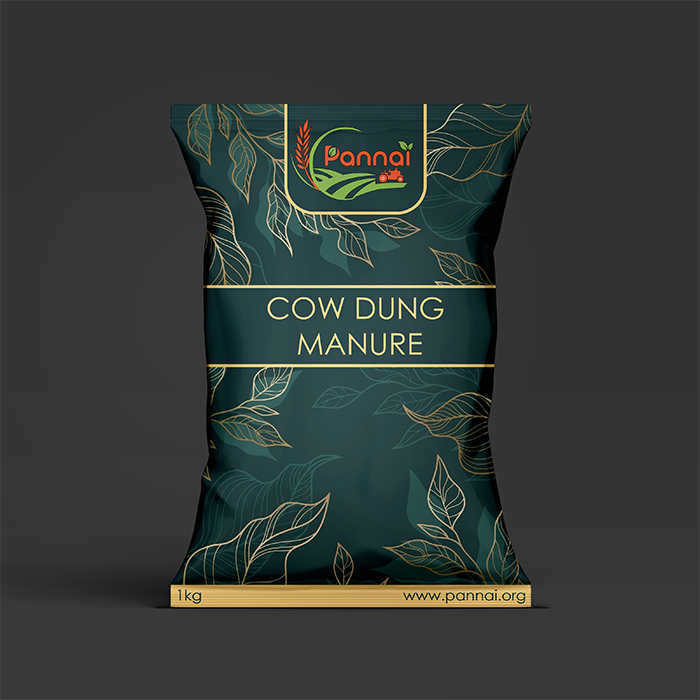
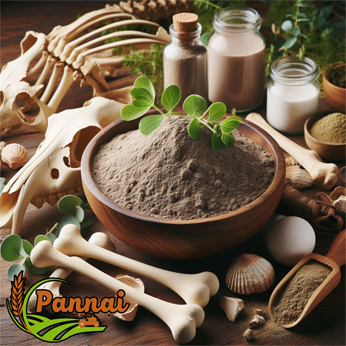
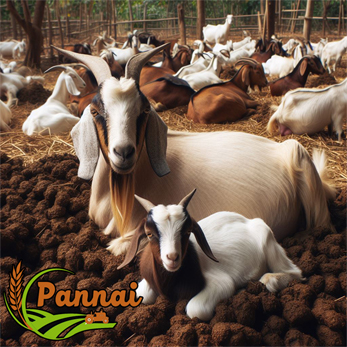
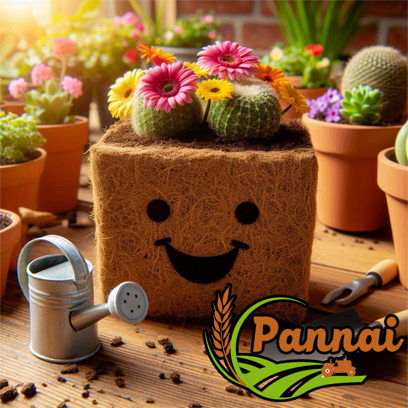
 Sign in with Google
Sign in with Google

